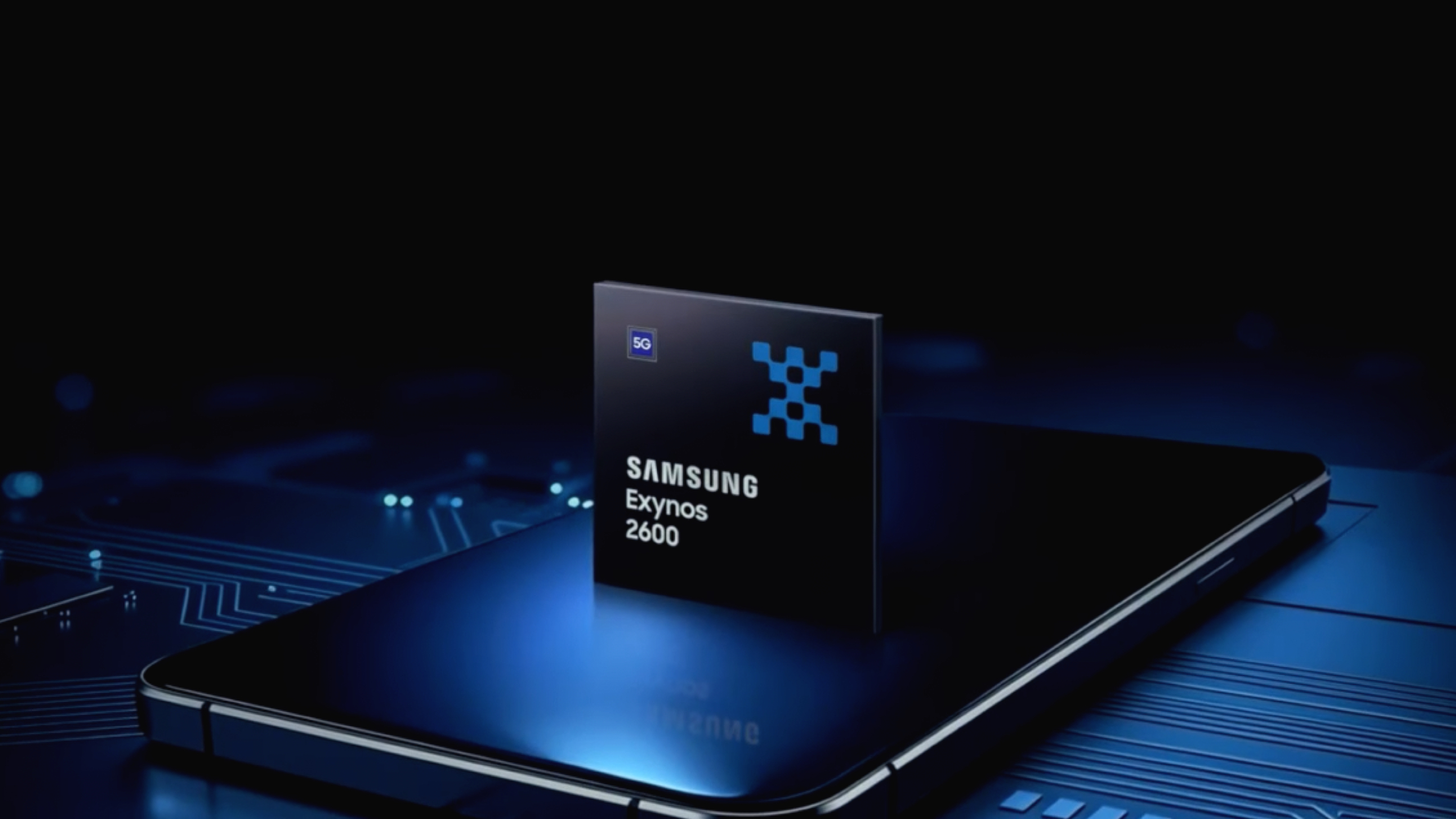The Galaxy Note 20 is the best and worst phone Samsung has ever made
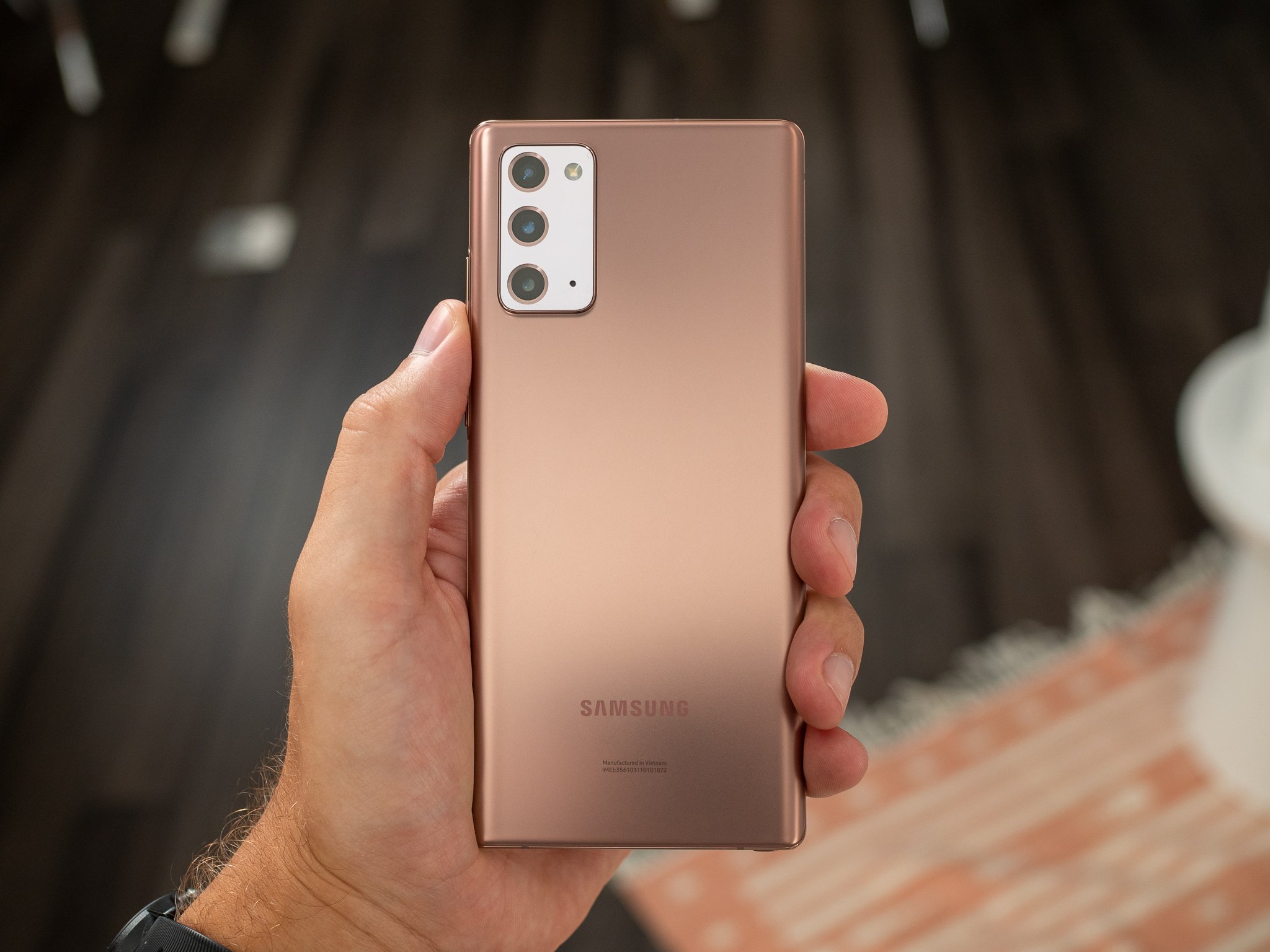
Unless you ignored the entire tech world last week, chances are you've heard about Samsung's new Galaxy Note 20 and Note 20 Ultra. These were two of the most highly-anticipated phones of 2020, continuing Samsung's high-end Note series with ample upgrades compared to last year's Note 10.
At least, that's partly true. The Galaxy Note 20 Ultra has all of the new features and specs you'd hope to see in a Samsung flagship, and it does so at an appropriately high price. The regular Note 20, by comparison, is really confusing. It's missing a lot of the Ultra's standout features, is worse than the Note 10 in some regards, and does all of this while still selling for $1,000 outright. It's a phone that's gotten Note fans scratching their heads, and rightfully so. From Samsung's perspective, however, it may be one of the smartest business decisions it's ever made.
Just to make sure everyone's up to speed, let's do a small recap on why people are freaking out over the Note 20.
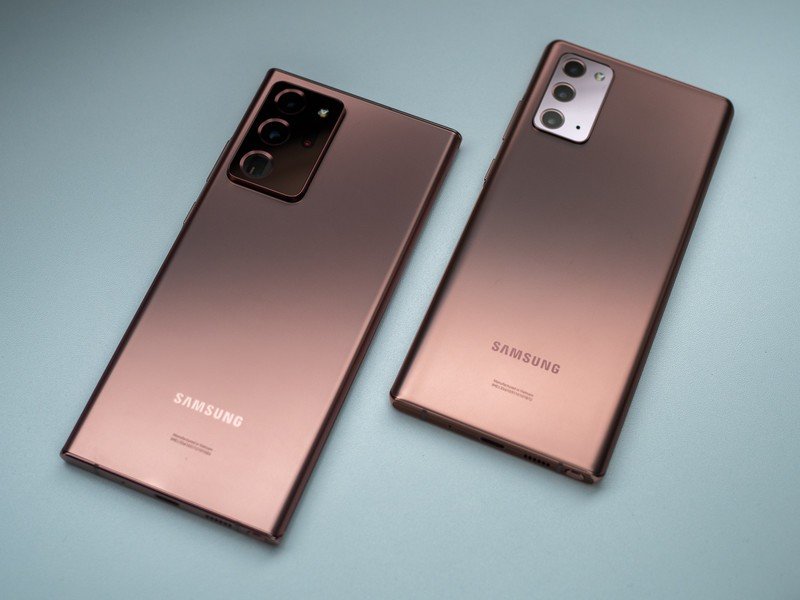
It all starts with the display, which does retain a Super AMOLED panel for vibrant colors and deep blacks. However, Samsung maxes out the resolution at Full HD+ and only offers a 60Hz refresh rate. Full HD/60Hz screens still exist in 2020, but typically only with budget/mid-range handsets — not flagships that cost as much as the Note 20 does. There's also the fact that the Note 20 has a plastic back instead of a glass one, making it the first mainline Note to do this since the Galaxy Note 4 from 2014.
If you follow the industry, a 60Hz screen and plastic back are insulting features for a $1000 phone.
Those are the two main things that have Note fans upset, but the downgrades continue with various other aspects of the phone. You're only getting a 12MP primary camera instead of the Note 20 Ultra's 108MP one, the battery is smaller, there's no expandable storage, you get less RAM, and worse S Pen latency. You may not care about all of those, but they add up to create an overall worse smartphone.
Looking at the Galaxy Note 20 from the eyes of a smartphone enthusiast, it's a pretty big dud. The Note 20 just doesn't compare to other similarly-priced flagships, and when stacked up against the $350 Pixel 4a, it's flat-out ridiculous. Samsung is absolutely aware of this, as all of the decisions that went into making the Note 20 were very conscious and planned. This isn't a phone for you and me — it's a phone for carriers.
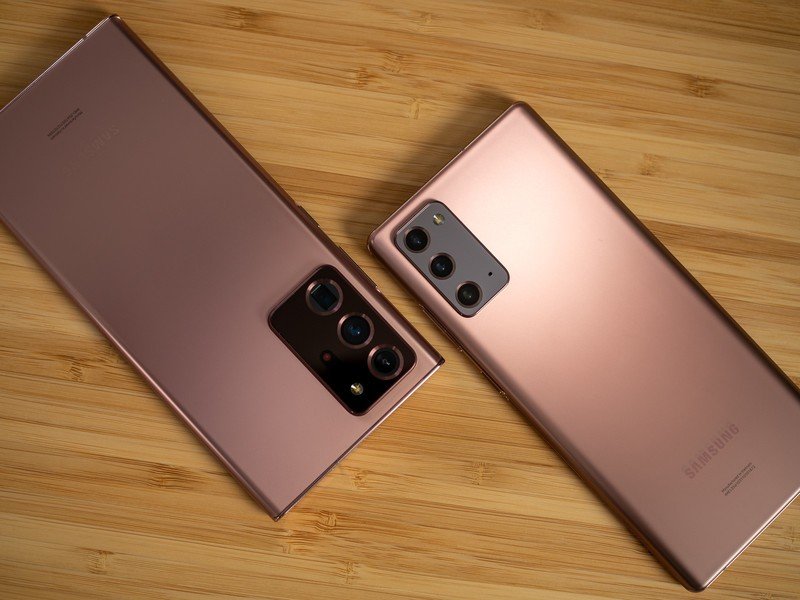
In the United States, the vast majority of people still buy their phone from their local carrier store or website. It's how people in the country have been conditioned to buy phones over the years, and it's something that likely won't go away anytime soon. Normal people don't hunt to make sure their new phone has the very latest Snapdragon processor or has a certain amount of RAM. Instead, they just care about buying a phone from a company they know and getting it at a decently monthly rate.
Get the latest news from Android Central, your trusted companion in the world of Android
Normal shoppers will just see this as another Note, and that's exactly what Samsung wants.
On Verizon's website, you can buy the regular Note 20 for $41.66/month or get the Note 20 Ultra for $54.16/month. If someone knows they like Samsung/Note phones and wants to get one while spending as little as possible, there's no reason for them to not buy the Note 20.
Note phones have been around for almost a decade, they're synonymous for being high-end devices, and they're still the only smartphone that ships with the S Pen. Everyone knows what a Note is these days, and the vast majority of people won't bat an eye at picking up the Note 20 when it comes time for an upgrade.
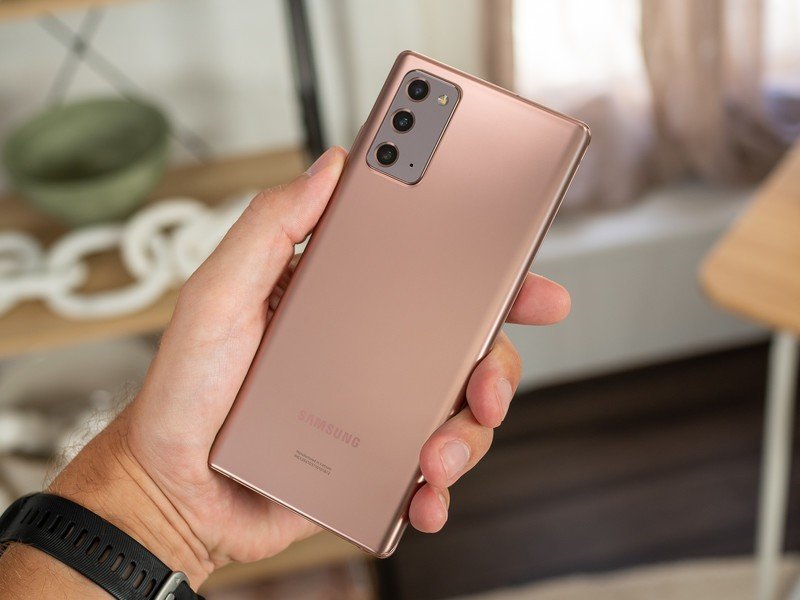
While all of this happens, Samsung is going to be raking in sweet, sweet profit margins. We don't have exact numbers of how much the Note 20 costs to manufacture, but between the plastic body, 60Hz display, lesser internal specs compared to the Note 20 Ultra, and a $50 price hike over last year's Note 10, it has to be a pretty profitable phone. Carriers still get to market it as a high-end flagship, consumers will buy it being none the wiser, and Samsung gets to lessen its production costs.
Call it greedy or unfair if you want, but from a business perspective, it's hard to fault what Samsung did here. Samsung exists solely to make money, and with the Note 20, it found a way to make even more while also cutting costs. Regardless of how this makes you feel, it's a formula that any company would happily implement if given a way to do so.
As Michael Corleone once said — "It's not personal, Sonny. It's strictly business."

Joe Maring was a Senior Editor for Android Central between 2017 and 2021. You can reach him on Twitter at @JoeMaring1.

